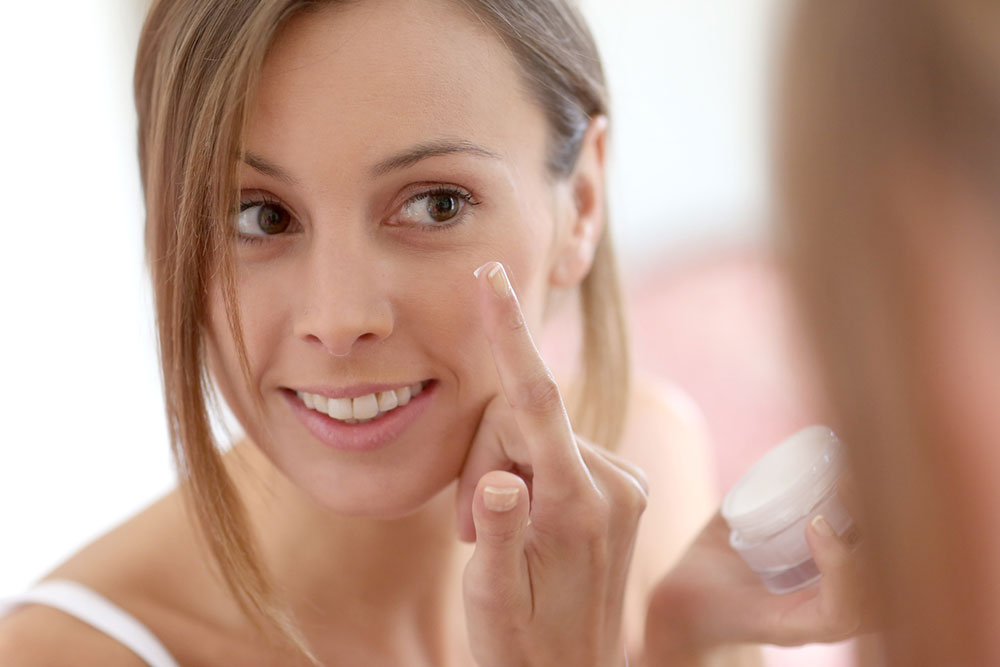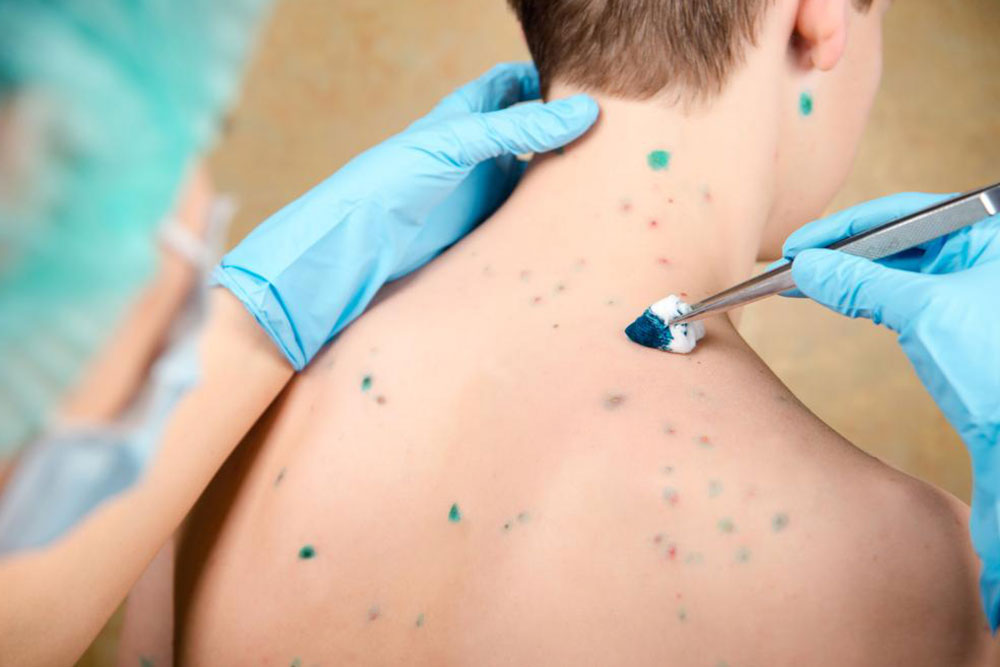In-Depth Guide to Identifying 11 Common Skin Bumps and Their Causes
This comprehensive guide explores 11 common skin bumps, detailing their appearance, causes, and treatment options. From acne and blackheads to skin tags and cysts, learn how to identify these skin irregularities and when to seek medical advice. Understanding these skin conditions can help you maintain healthy, clear skin and prevent complications. The article provides helpful insights for effective skin care and early intervention strategies to promote overall skin health and confidence.

In-Depth Guide to Identifying 11 Common Skin Bumps and Their Causes
Skin bumps are a frequent concern among individuals across all age groups, leading many to seek understanding about their origins and appropriate responses. These skin irregularities can result from a variety of factors including hormonal fluctuations, underlying health conditions, or skin clogging caused by sweat, bacteria, or debris. Acquainting oneself with the most common types of skin bumps, their visual characteristics, and their underlying causes is crucial for early detection, effective treatment, and maintaining optimal skin health.
Types of skin bumps and how to recognize them
1. Acne and Acne Lesions
Acne remains one of the most prevalent skin conditions, characterized by clogged pores filled with excess oil, dead skin cells, and bacteria. It typically manifests on the face, neck, chest, shoulders, and back. Acne lesions vary from blackheads and whiteheads to inflamed pustules and cysts. Small, non-inflammatory lesions like blackheads and whiteheads are often painless and manageable through consistent skincare routines. In contrast, larger or more inflamed acne can cause redness, swelling, and discomfort, and occasionally lead to scarring if not properly treated. Understanding the variety of acne presentations is essential for selecting appropriate skincare strategies and when to seek clinical intervention.2. Blackheads and Whiteheads: Non-Inflammatory Clogged Pores
Often mistaken for acne, blackheads and whiteheads are non-inflammatory forms of clogged pores. Blackheads form when the pore remains open and the trapped sebum oxidizes, resulting in a black appearance. Whiteheads occur when the pore is closed, leading to a small, flesh-colored bump. These can usually be managed through diligent skincare practices including regular cleansing, gentle exfoliation, and non-comedogenic products. Persistent blackheads or whiteheads may require professional extraction or treatments like chemical peels.3. Pimples: Inflammatory Skin Nodules
Pimples are inflamed lesions caused by bacterial infection within the hair follicles. These appear as red, tender bumps that may contain pus, often forming in clusters. Pimples can be painful and tend to resolve with appropriate topical or systemic treatments. Avoid squeezing or popping pimples, as this can worsen inflammation or lead to scarring. Proper hygiene, targeted medicated treatments, and sometimes professional extraction are key to managing pimples effectively.4. Papules: Small, Raised, Hard Bumps
Papules are firm, raised bumps that are generally less than 1 cm in diameter. They often result from intense inflammatory responses due to skin conditions like acne, eczema, or allergic reactions. These bumps can be painful and are indicative of significant skin irritation that warrants medical evaluation for targeted treatment. Their presence often signifies an active inflammatory process that needs intervention to prevent progression.5. Pustules: Fluid-Filled Red Bumps
Pustules are similar to papules but distinguished by the presence of pus in the center, giving them a white or yellow appearance. They often develop due to infection or inflammatory skin conditions like folliculitis, chickenpox, or bacterial skin infections. Proper diagnosis and treatment are crucial to prevent worsening or spread of infection, with options including topical antibiotics, corticosteroids, or drainage procedures in severe cases.6. Nodules: Deep, Persistent Bumps
Nodules are large, deep-seated, and firm bumps that develop beneath the skin surface. They are often caused by severe inflammation, deep blockages, or bacterial infections. Nodules can last for months, sometimes leaving scars or tissue damage if not properly managed. Medical intervention might include corticosteroid injections, oral antibiotics, or other advanced therapies to diminish their size and prevent complications.7. Cysts: Large, Sometimes Painful Skin Growths
Skin cysts are sizable, smooth, flesh-colored bumps resulting from blocked hair follicles that trap sebum, bacteria, and other debris. These lumps can be tender or painful, especially if infected. If untreated, cysts can become inflamed, rupture, or lead to scarring. Surgical removal might be necessary for persistent or bothersome cysts, and timely professional attention can prevent complications.8. Skin Tags: Benign Flaps of Flesh
Skin tags are harmless, soft, flesh-colored growths that dangle from the skin, commonly found in areas prone to friction such as the neck, armpits, groin, or eyelids. While painless, they may become irritated or cosmetically undesirable, leading individuals to seek removal via minor procedures like cryotherapy, snipping, or laser removal. Their benign nature means they do not require treatment unless for cosmetic reasons or irritation relief.9. Milia: Tiny White Bumps
Milia are small, white, dome-shaped cysts frequently seen around the eyes, cheeks, or nose. Mainly common in newborns but also affecting adults, these bumps are caused by keratin trapping beneath the skin. They usually resolve on their own over time but can be removed professionally if needed. Milia are generally harmless but can be distressing in appearance.10. Xanthelasma: Cholesterol Deposits
Xanthelasma are yellowish patches or bumps that often appear around the eyelids. They are cholesterol deposits linked to high lipid levels and metabolic disorders. Though benign, Xanthelasma indicates underlying health issues, necessitating medical evaluation. Treatment options include laser therapy, surgical removal, or topical medications to reduce appearance and address underlying conditions.11. Seborrheic Keratosis: Benign Warty Lesions
These are benign, warty, brown or tan growths frequently seen on sun-exposed areas like the face, neck, or hands. They may resemble moles but are typically non-cancerous. While painless, they can be removed if they become irritated or for cosmetic reasons. Dermatologists can perform simple removal procedures, and proper diagnosis ensures reassurance about their benign nature.Understanding the different types of skin bumps is vital for effective skin health management. Visual guides, online resources, and professional medical advice can assist in accurate identification and appropriate treatment, ensuring skin integrity and confidence.





